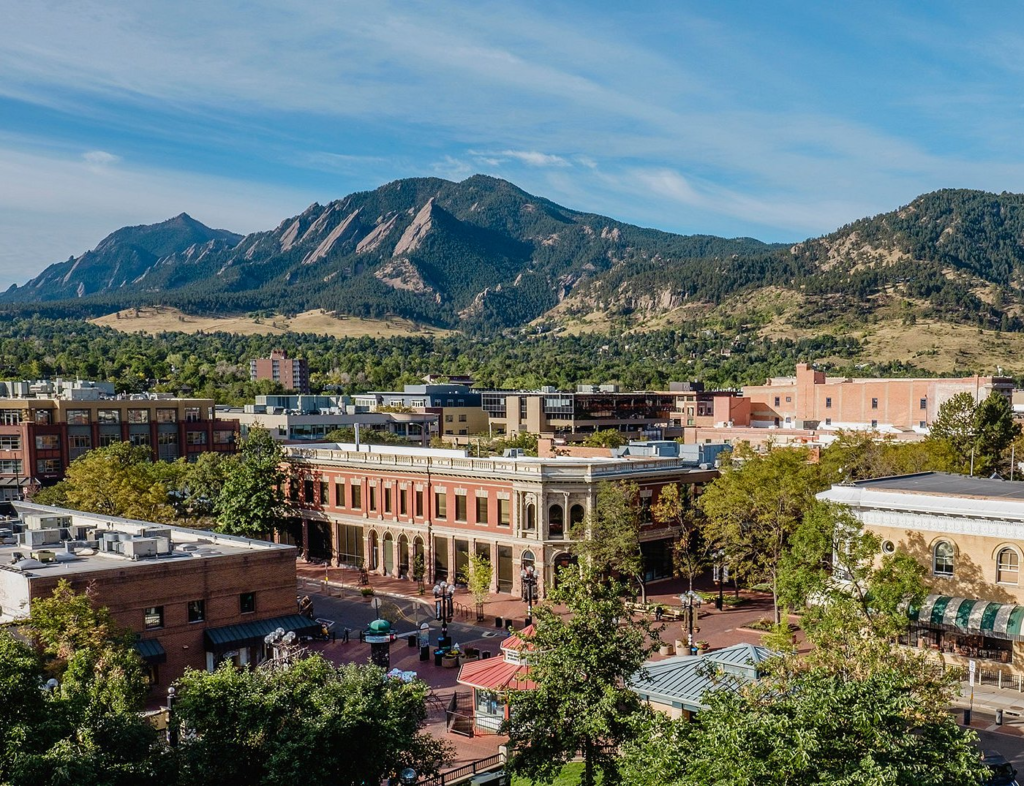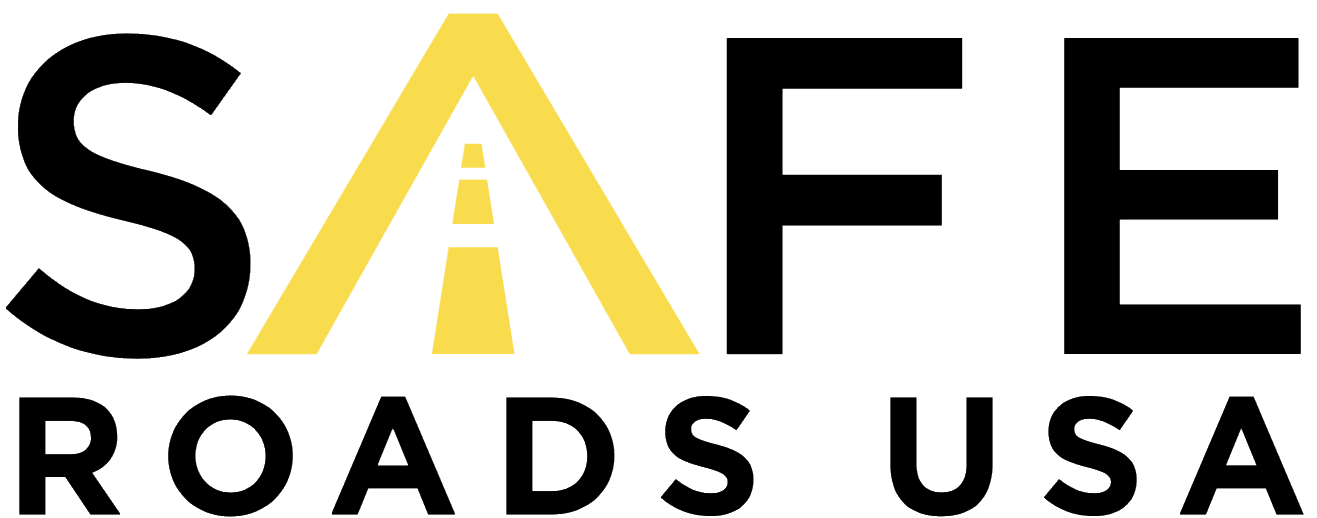Boulder Road Safety Overview
 Colorado has relatively good drivers. According to the 2019 America’s Best Drivers Report, drivers in the state’s six largest cities rank better than average for road safety.
Colorado has relatively good drivers. According to the 2019 America’s Best Drivers Report, drivers in the state’s six largest cities rank better than average for road safety.
Safe does not mean perfect. According to the City of Boulder crash data, the city had over 1,400 vehicle collisions in 2023. These crashes injured or killed over 450 people. The vast majority of these car accidents resulted from driver errors, like speeding, tailgating, distracted driving accidents, and failing to yield at intersections.
Boulder Road Safety Statistics
According to a query on the Colorado Crash Data Dashboard, Boulder had 1,441 traffic accidents in 2023.
These crashes included:
- 996 multi-vehicle collisions
- 330 single-vehicle accidents
- 77 bicycle collisions
- 38 pedestrian collisions
Multi-vehicle collisions in Boulder involved passenger vehicles, commercial trucks, and motorcycles. Single-vehicle crashes involved collisions with parked cars and fixed objects. They also included crashes where a vehicle ran off the road or rolled over.
Crash Outcomes
Of Boulder’s 1,441 total crashes, 418 caused injury or death. Specifically, Boulder traffic accidents in 2023 included:
- 3 fatal accidents
- 415 non-fatal injury accidents
These accidents produced the following injuries, according to the City of Boulder Crash Data:
- 5 fatal injuries
- 62 serious injuries that required an ambulance
- 180 visible injuries that did not require an ambulance
- 210 complaints of symptoms like pain or dizziness
Pedestrians and bicyclists were particularly at risk for injuries.
In 2023, crashes involving these vulnerable road users caused the following:
- 64 injured cyclists
- 39 injured pedestrians
Just over 29% of traffic crashes in Boulder in 2023 caused injury or death. However, nearly 90% of collisions with vulnerable road users resulted in at least one injury that year.
Dangerous Times To Drive in Boulder, CO
According to the dashboard, Boulder’s traffic crash patterns differ from those in other metro areas like Denver. In most medium and large cities in Colorado, traffic crashes peak during the afternoon commute between 4 p.m. and 7 p.m. However, in Boulder, traffic crashes peak much earlier. The most dangerous time to drive, bike, or walk in Boulder is between 2 p.m. and 5 p.m.
There is no easy explanation for this difference. It may occur because of Boulder’s large student population, which tends to travel from school to work or home in the afternoon rather than evening. This pattern means Boulder’s roads are safest in the morning, late afternoon, and evening.
Boulder’s road safety does follow one expected pattern. The safest times to drive in Boulder happen on weekend days. Although residents have more free time on weekends, lower levels of road congestion help them avoid traffic crashes.
Common Causes of Boulder Crashes
Most Boulder traffic crashes resulted from a driving error. According to the dashboard, crash records blamed almost 81% of crashes on improper driver actions, while only 19% happened for other reasons, such as environmental conditions or vehicle faults.
Several common driving errors led to crashes in 2023.
Inattentive Driving
Inattentive driving can take many forms. Distracted driving happens when a driver tries to multitask while driving. The other activity takes the driver’s eyes, hands, or mind off driving. As a result, the driver cannot spot traffic hazards or react in time to avoid them.
Inattentive driving also includes a phenomenon called “looked but did not see.” This cognitive bias happens when drivers drive on autopilot. They do not spot problems because they fail to look for them. An example is when a driver hits a motorcycle in plain view simply because the driver looked for another vehicle, not a motorcycle.
Failing To Yield the Right-of-Way
Most intersection crashes happen when drivers fail to yield to another driver with the right-of-way.
These crashes can have many causes, including:
- Going through an intersection out of turn
- Turning left across the path of a vehicle with the right-of-way
- Turning right at an intersection before cross-traffic clears
When drivers fail to yield the right-of-way, they do not meet the expectations of other drivers. As a result, the driver with the right-of-way hits the driver who failed to yield.
Tailgating
Tailgating, the informal term for following too closely, leads to rear-end collisions. This driving behavior happens when a driver fails to leave a large enough gap between their own vehicle and the vehicle in front of them. When the leading vehicle stops, the tailgating vehicle does not have enough time to avoid hitting it.
According to the dashboard, rear-end crashes were the most common type in Boulder in 2023. Over 32% of crashes that year involved a front-to-rear collision.
Disobeying a Traffic Sign or Signal
A significant number of traffic crashes in Boulder resulted from running a red light or stop sign. This violation can result from inattention or impatience. In either case, the driver ends up in the intersection unexpectedly and can get hit by another driver who expected the other vehicle to stop.
Dangerous Roads and Intersections in Boulder, Colorado
Boulder, like most cities, has a few roads and intersections where crashes tend to cluster. These hotspots can form due to many factors, including traffic congestion, lack of traffic control signs or signals, and poor road design.
Some hotspots for crashes in Boulder include the following:
- Table Mesa Dr.
- Broadway/CO-93
- Baseline Rd./CO-56
- 30th St. between Baseline Rd. and Colorado Ave.
- Canyon Ave./CO-119
- Arapahoe Ave.
- 28th St./CO-36
Unfortunately, many of Boulder’s major routes are also the city’s most dangerous. To navigate around these hotspots, you may need to take minor roads with slower speed limits. As a result, you must balance road safety with speed and efficiency when planning your routes in Boulder.
Driving Safely on Boulder’s Roads
You can drive safely on Boulder’s roads and intersections by following a few tips. Put away your phone and pay attention to your driving. Inattentive and distracted driving are the leading causes of crashes in Boulder.
Be patient. Tailgating and running red lights or stop signs are common causes of Boulder crashes.
Finally, wear a seat belt. You cannot avoid every crash. Wearing a seat belt significantly reduces your risk of injury or death in a collision.
